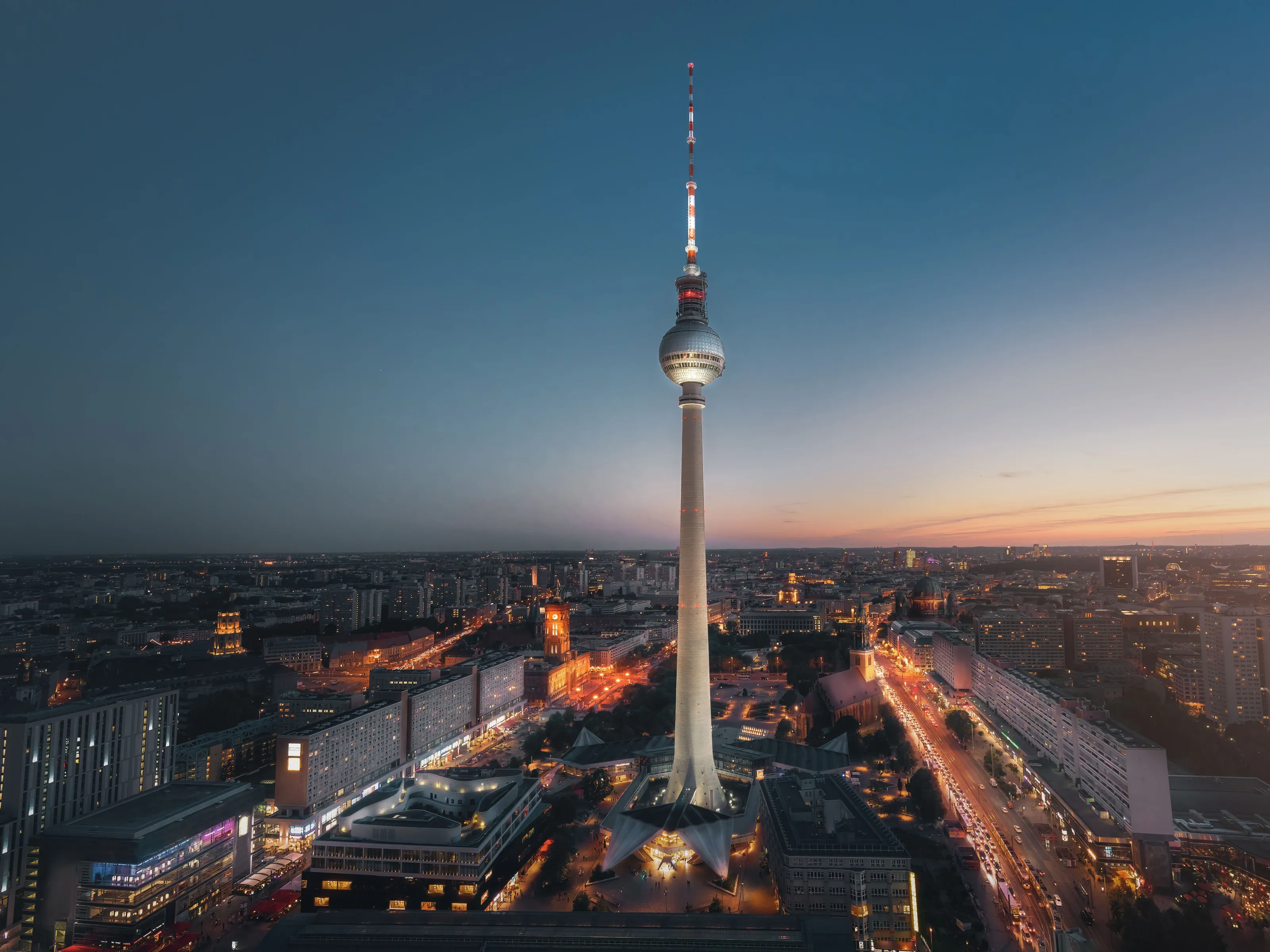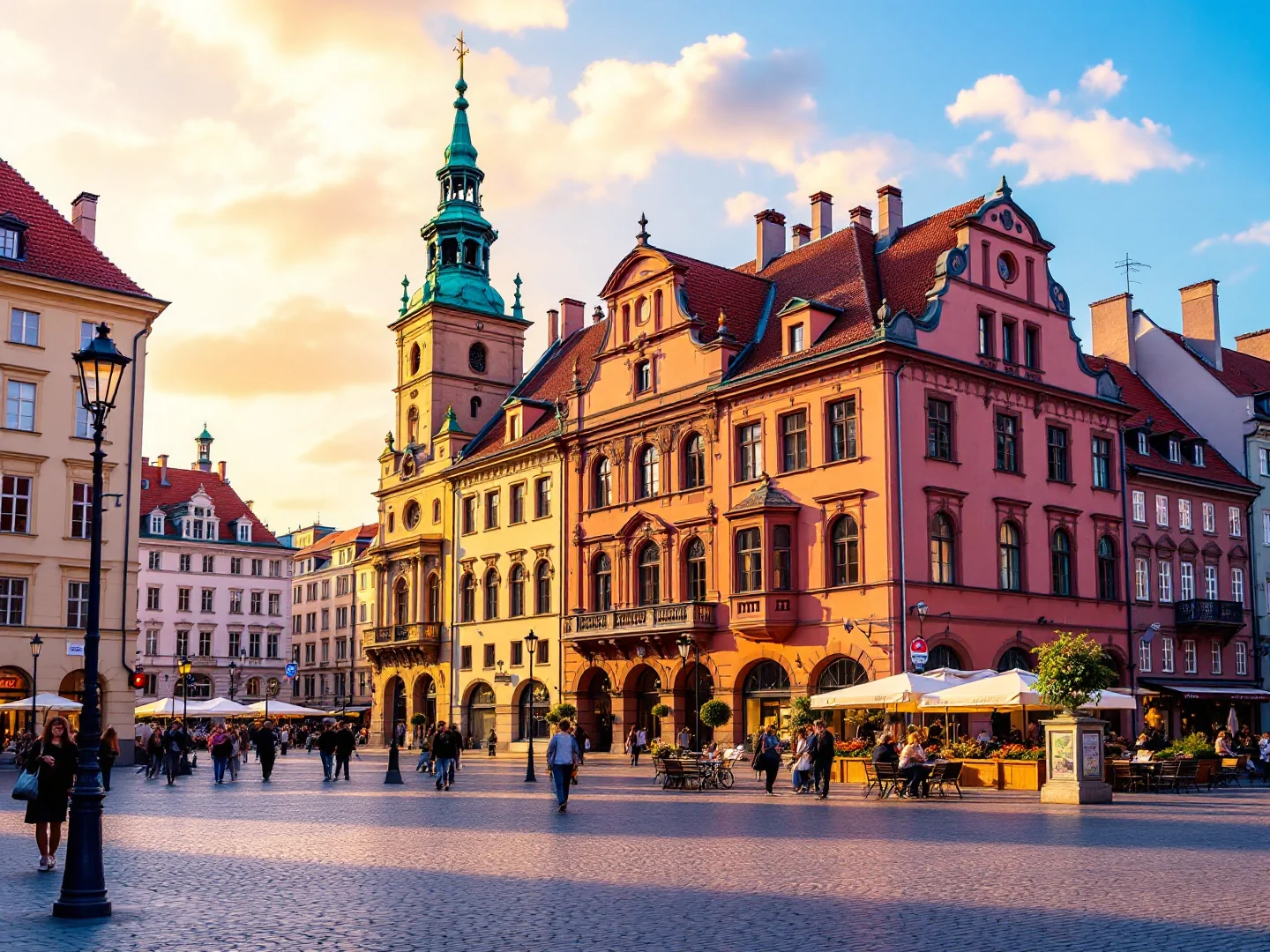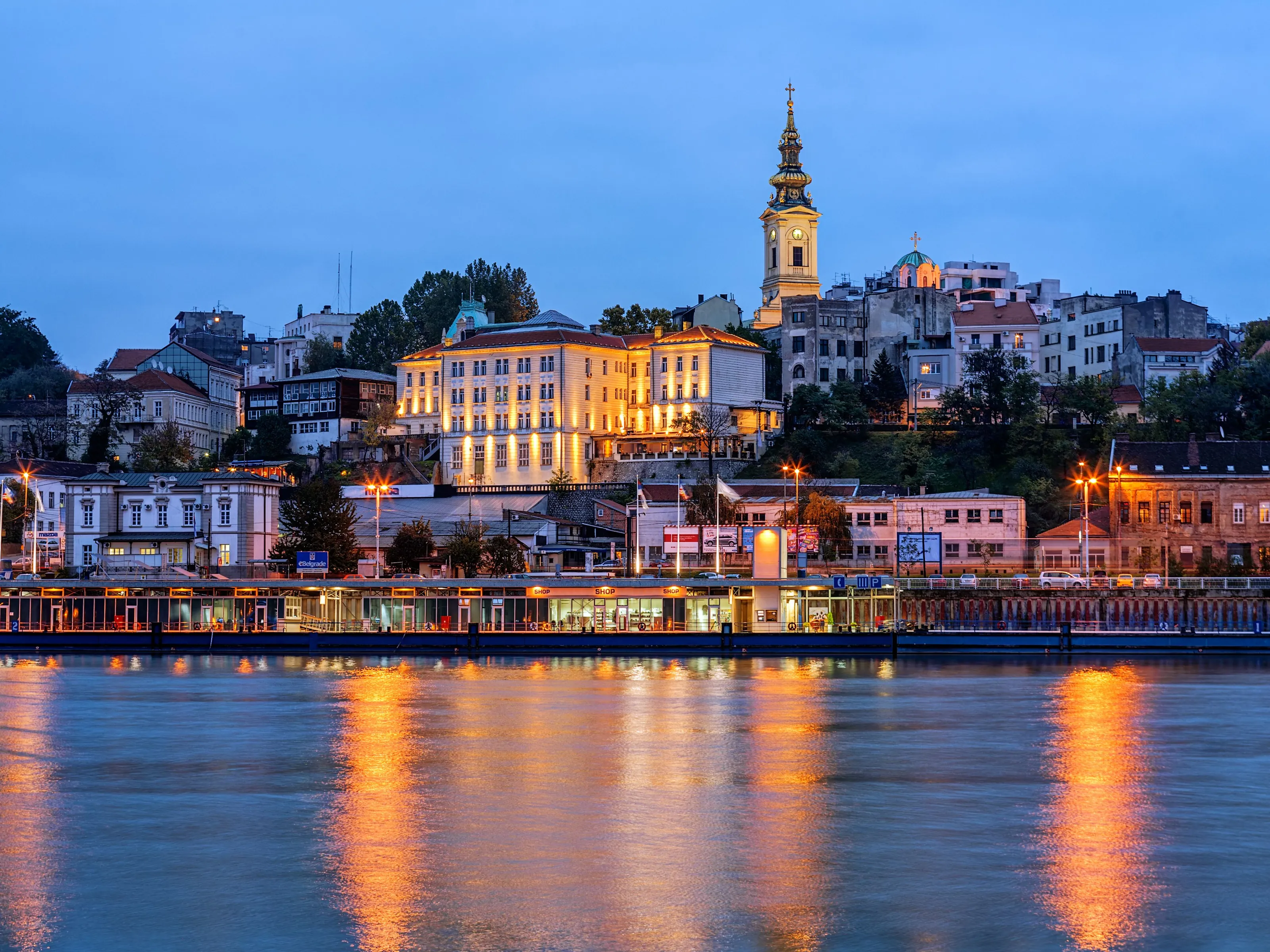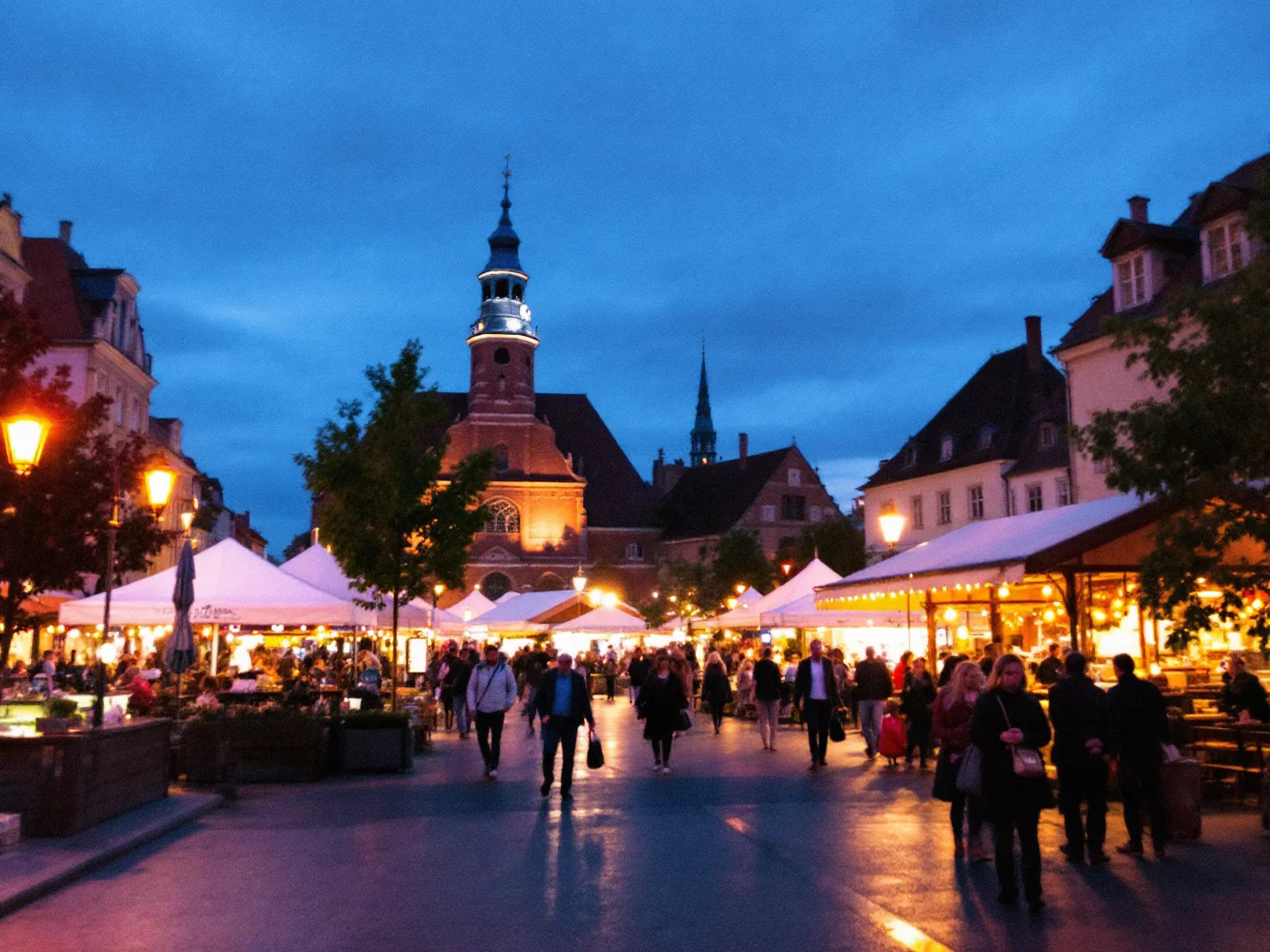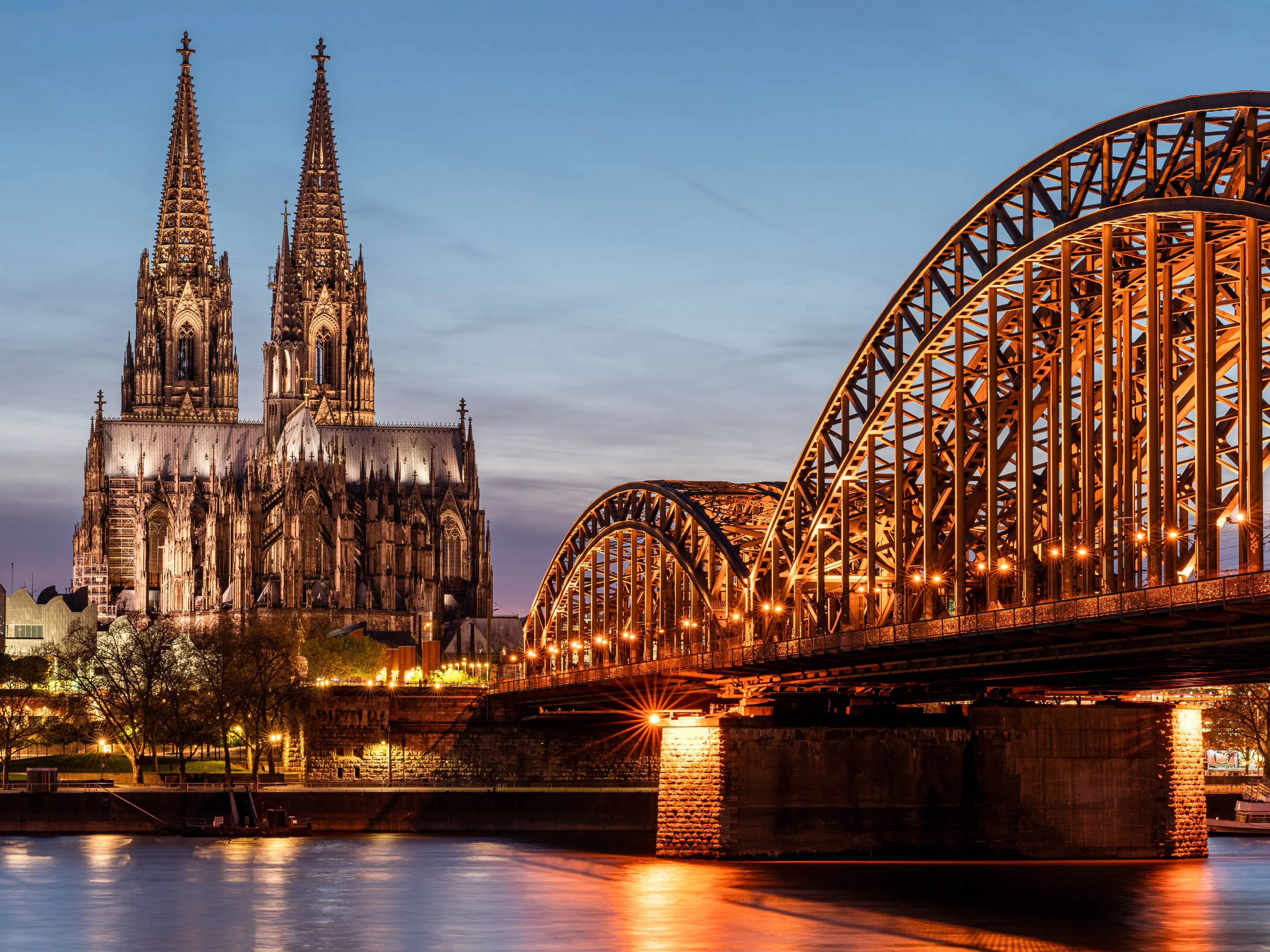Why Visit Cluj-Napoca?
Cluj-Napoca surprises as Transylvania's vibrant capital where Gothic St. Michael's Church towers over Unirii Square, student energy from Babeș-Bolyai University fills cafés and clubs, Electric Castle festival attracts global DJs each July, and Turda Salt Mine's underground wonderland lies 30km away. Often seen as the capital of Transylvania (city pop.
~290,000, metro ~420,000), Cluj rivals Bucharest for culture—cheaper prices, better quality of life, Hungarian minority creating bilingual character, and tech startup scene earning 'Silicon Valley of Transylvania' nickname. Yet Cluj preserves history: St. Michael's Church (free) dominates with 80m Gothic tower, Matthias Corvinus statue honors Renaissance king, and Tailors' Bastion remains from medieval fortifications.
The Botanical Garden (RON 15/$3) showcases 10,000 species across Japanese gardens and greenhouses, while Cetatuia Hill offers sunset city panoramas. Museums span National Art Museum to Ethnographic Museum of Transylvania. Food scene mixes Romanian and Hungarian cuisines: mici sausages, sarmale cabbage rolls, Hungarian goulash, and kürtőskalács (chimney cake).
Café culture thrives—Bravo Design Shop, Zama, and countless third-wave coffee spots attract students. Day trips reach Turda Salt Mine (30 min, RON 50/$11)—underground amusement park in salt chambers with Ferris wheel 120m deep—plus medieval Sighișoara (2hr) and Corvin Castle. Visit April-June or September-October for 15-25°C weather.
Electric Castle festival (July) transforms Bánffy Castle into music paradise. With English-speaking youth, craft beer scene (Ursus Factory, Ground Zero), dirt-cheap prices ($32–$65/day), and Transylvania's progressive spirit mixing Romanian and Hungarian heritage, Cluj delivers authentic Eastern European culture with festival energy and tech ambitions.
What to Do
Historic Center & Architecture
Unirii Square & St. Michael's Church
Heart of Cluj's old town, dominated by Gothic St. Michael's Church (free entry) with 80m tower you can climb for city views (small fee). Matthias Corvinus equestrian statue honors Renaissance king born here. Surrounding square hosts outdoor cafés and weekend markets. Early morning (7-9am) best for photos without crowds.
Tailors' Bastion & Medieval Fortifications
Best-preserved section of medieval city walls, now housing small museum (RON 5/$1). Walk the ramparts for glimpses of old Cluj defense system. Adjacent streets (Potaissa, Kogălniceanu) preserve 15th-century character with renovated townhouses turned into boutique cafés and galleries. Golden hour (6-7pm summer) lights up stone beautifully.
National Art Museum & Bánffy Palace
Housed in stunning Baroque palace (RON 15/$3), collection spans Romanian medieval art to modern works. Highlights include 15th-century icon paintings and inter-war avant-garde. Quiet on weekday mornings. Combine with nearby Ethnographic Museum of Transylvania (RON 10/$2) for deeper cultural context—folk costumes, village life recreations.
Student Life & Modern Cluj
Café Culture & Third-Wave Coffee
Cluj rivals Vienna for cafés per capita. Specialty coffee spots like YUME, Olivo, and Let's Coffee serve excellent third-wave brews. Joben Bistro does Romanian fusion lunch ($7–$12). Zama offers mountain views with great food. Student energy peaks Tuesday-Thursday evenings when cafés buzz with Babeș-Bolyai University crowd—nearly 50,000 students shape city vibe.
Craft Beer & Nightlife Scene
Ground Zero brewery pioneered Cluj craft scene—try their IPA or seasonal brews (RON 15-20/$3–$4 pint). Ursus Factory (site of old Ursus brewery) now hosts exhibitions and bars. Student bars on Piezișa Street come alive Wednesday-Saturday—Insomnia for club vibe, Flying Circus for alternative music. Cover rarely more than RON 20/$4
Tech Startups & Coworking Culture
Cluj earned 'Silicon Valley of Transylvania' nickname—companies like Emag, UiPath have offices here. Impact Hub and Techcelerator host events open to visitors. This startup energy translates to fast WiFi, digital nomad-friendly cafés, and English-speaking youth. Modern face contrasts beautifully with medieval core.
Day Trips & Festivals
Turda Salt Mine Underground Wonderland
30-minute bus to Turda (RON 10/$2 return), then entry (RON 50 weekdays, RON 60 weekends/$11–$13) to mind-blowing underground theme park 120m deep in salt mine. Ferris wheel, minigolf, amphitheater, and lake with paddle boats—all carved in salt chambers dating to Roman times. Constant 10-12°C so bring jacket. Arrive at 9am opening or after 3pm to avoid tour groups.
Electric Castle Festival Site (Bánffy Castle)
July sees 200,000+ descend on Bánffy Castle (35km from Cluj) for Electric Castle—Romania's biggest music festival with global DJ headliners. Even outside festival, the neo-Gothic ruins make atmospheric day trip (free to grounds). Bonțida village nearby preserves traditional Transylvanian architecture. Combine with wine tasting at local vineyards.
Botanical Garden & Cetatuia Hill
University's Botanical Garden (around RON 15-20/$3–$4) showcases 10,000 plant species across Japanese garden, greenhouses, and medicinal plant sections. 14 hectares best explored leisurely (2-3 hours). Adjacent Cetatuia Hill offers panoramic sunset city views from fortress ruins (free, 20-min uphill walk from garden). Pack picnic and local wine from Kaufland.
Gallery
Travel Information
Getting There
- Airports: CLJ
Best Time to Visit
May, June, July, August, September
Climate: Moderate
Weather by Month
| Month | High | Low | Rainy days | Condition |
|---|---|---|---|---|
| January | 3°C | -4°C | 3 | Good |
| February | 7°C | -1°C | 10 | Good |
| March | 11°C | 1°C | 10 | Good |
| April | 17°C | 3°C | 3 | Good |
| May | 18°C | 8°C | 16 | Excellent (best) |
| June | 23°C | 15°C | 21 | Excellent (best) |
| July | 24°C | 15°C | 15 | Excellent (best) |
| August | 26°C | 16°C | 7 | Excellent (best) |
| September | 23°C | 12°C | 7 | Excellent (best) |
| October | 16°C | 8°C | 14 | Wet |
| November | 7°C | 1°C | 4 | Good |
| December | 6°C | 1°C | 7 | Good |
Weather data: Open-Meteo Archive (2020-2024) • Open-Meteo.com (CC BY 4.0) • Historical avg. 2020–2024
Budget
Excludes flights
Visa Requirements
Schengen Area
💡 🌍 Traveler Tip (November 2025): Best time to visit: May, June, July, August, September.
Practical Information
Getting There
Cluj Avram Iancu Airport (CLJ) is 9km east. Buses to center cost RON 5/$1 (30 min). Taxis RON 30-40/$6–$9 (Bolt/Uber). Trains from Bucharest (7-10hr, slow), though buses better (7hr, RON 100/$22). Buses connect Transylvanian cities—Brașov (3.5hr), Timișoara (5hr). Cluj is regional hub.
Getting Around
Cluj center is walkable (25 min to cross). Buses and trolleys cover city (RON 2.50/$1 single). Buy tickets from kiosks—validate on board. Most attractions within walking distance. Taxis cheap via Bolt/Uber (RON 15-25/$3–$5 typical). Bikes available. Skip rental cars in city. Use cars for countryside day trips.
Money & Payments
Romanian Leu (RON). Exchange $1 ≈ RON $51 ≈ RON $5os sometimes accepted but change in lei. Cards widely accepted. ATMs plentiful—avoid Euronet. Tipping: 10% expected in restaurants. Very affordable prices make RON go far.
Language
Romanian is official. Hungarian widely spoken (20% population). English spoken by students and youth, less by older generations. Signs often Romanian-Hungarian bilingual. Learning basic phrases helpful: Mulțumesc (thanks), Vă rog (please). Cluj's bilingual character unique in Romania.
Cultural Tips
Student city: young energy, nightlife Wed-Sat, cafés everywhere. Hungarian culture: bilingual signs, Hungarian food, minority community. Festivals: Electric Castle (July), Untold (August), TIFF film festival. Beer: craft scene growing, Ursus local. Food: mix Romanian-Hungarian, try both. Café culture: Cluj competes with Vienna for cafés per capita. Tech scene: startups, digital nomads, coworking spaces. Turda Salt Mine: underground theme park in salt chambers. Romanian-Hungarian relations: generally good, respect both cultures. Remove shoes in homes. Sunday: some shops closed. Bargaining not common. Dress casual. Orthodox and Catholic churches: modest dress.
Perfect 2-Day Cluj-Napoca Itinerary
Day 1: City Center
Day 2: Turda & Museums
Where to Stay in Cluj-Napoca
Centru (Center)
Best for: Unirii Square, St. Michael's, hotels, restaurants, museums, main attractions
Mănăștur
Best for: Communist-era housing, authentic life, local markets, budget stays, residential
Andrei Mureșanu/Grigorescu
Best for: Residential, leafy, student area, quieter, parks, authentic neighborhoods
Zorilor
Best for: Botanical Garden, leafy hills, residential, quiet but close to center, parks
Frequently Asked Questions
Do I need a visa to visit Cluj-Napoca?
What is the best time to visit Cluj-Napoca?
How much does a trip to Cluj-Napoca cost per day?
Is Cluj-Napoca safe for tourists?
What are the must-see attractions in Cluj-Napoca?
Popular Activities
Top-rated tours and experiences in Cluj-Napoca
Ready to Visit Cluj-Napoca?
Book your flights, accommodation, and activities

